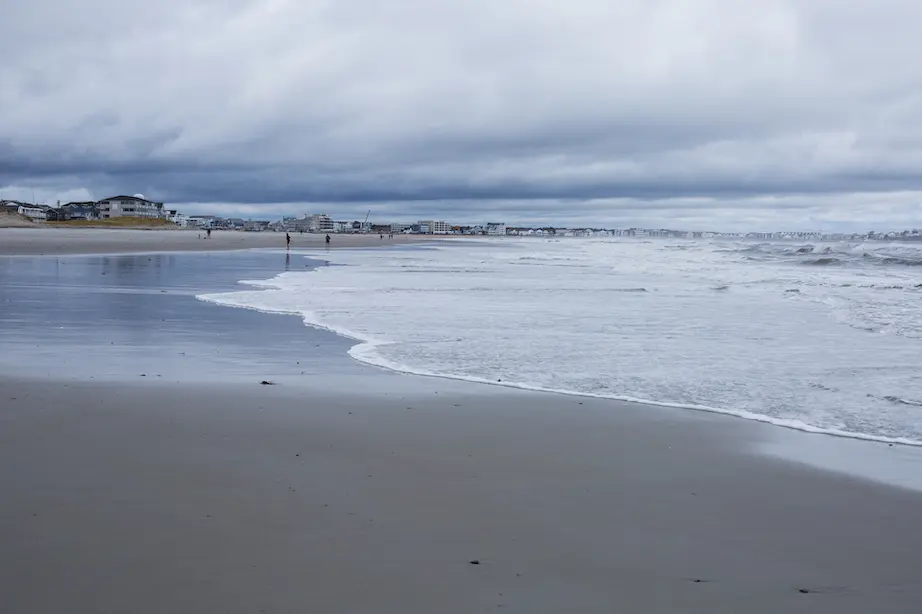The Hampton Seabrook Estuary, with New Hampshire’s most productive clam flats and last remaining sand dunes, is one of the state’s two estuaries of national significance. Home to over 5,000 acres of salt marsh and many important species of fish and shorebirds, this estuary is teaming with life and water to study. PREP recently got the news that we are being awarded an unprecedented $900,000 a year for the next five years from the Bipartisan Infrastructure Law. This funding means that PREP can increase efforts to restore and preserve our watershed. The current plan is to introduce the following four initiatives within the Hampton-Seabrook Estuary: sustained funding to SHEA, expanded water quality stations, introduced tributary monitoring, and increased PREPA grants.
The Seabrook-Hampton’s Estuary Alliance (SHEA) is a nonprofit community-based organization focused on protecting and preserving the Hampton-Seabrook estuarine system. Due to their critical work, PREP is allocating five years of direct funding to SHEA to fund a Hampton-Seabrook Estuary Coordinator. This position will provide crucial support to partners working in the region by facilitating local collaborations and coordinating funding opportunities.
Ranging from wastewater treatment discharge to toxic chemicals running off your driveway into storm drains after washing your car, there are many aspects of life on land that affect the quality of aquatic life. To understand how our ecosystem is functioning and how land-based management strategies impact the health of our ecosystem, it’s imperative to monitor water quality - a broad term that factors in many parameters, including temperature, salinity, dissolved oxygen, and turbidity. On the whole, if an estuary has good water quality, then the estuary is healthier; water quality is an indicator of estuarine health. (Other indicators of estuarine health include salt marshes, eelgrass, seaweeds, oysters, etc. For more information on indicators of estuarine health, check out PREP’s State of Our Estuaries Report, coming in 2023!) Within the Hampton-Seabrook Estuary, there is currently one water quality station in Hampton River that is managed by Tom Gregory and his team at the UNH Jackson Estuarine Lab (JEL). With the additional funding from PREP, this program is planned to expand, with a second station (possibly in the Blackwater River) to be added by 2024.
While the JEL team focuses on the estuarine portion of our ecosystem, Michelle Shattuck and a team at the UNH Water Quality Analysis Lab focus on the freshwater portion. Currently, the Shattuck team monitors eight rivers within the Great Bay system, with no existing monitoring within the Hampton-Seabrook system. With the increased funding, PREP is hoping to have monitoring stations set up on Hampton-Seabrook’s rivers by 2024. These stations would allow for an increased understanding of changing water quality in addition to an estimation of point and non-point source nitrogen loading.
Finally, PREP will be doubling the available funding for the Piscataqua Region Environmental Planning Assessment (PREPA) grants. This expansion of funds will help on the ground projects through direct to community grant applications. PREPA grants assist communities in implementing the 2020 PREPA recommendations on resource management. More details on PREPA and PREPA grants can be found on PREP’s website.
The projects that PREP is involved in barely scratch the surface of estuarine restoration efforts within the Hampton-Seabrook estuary; our partners have many additional projects within this estuarine system. The Hampton-Seabrook Collaborative is a group of local, state, and federal organizations and agencies that are focused on improving the health and vitality of the Hampton-Seabrook Estuary and its communities. Navigate to the Collaborative's website here or SHEA's website here to learn more about local efforts in the southern end of the coastal watershed.

